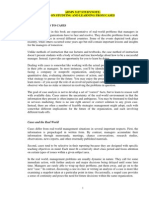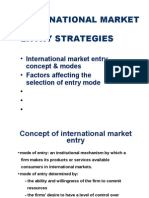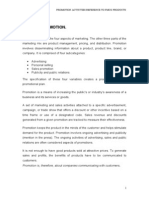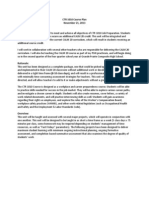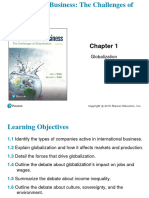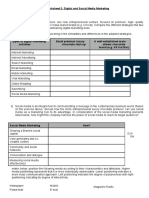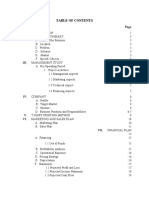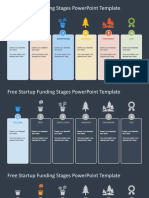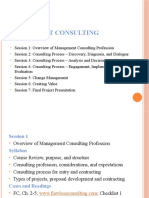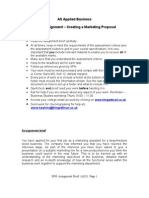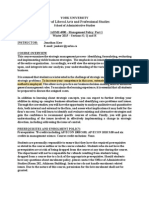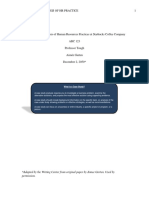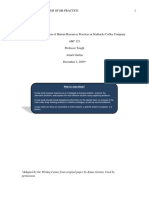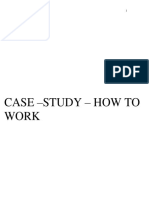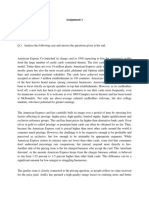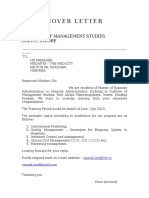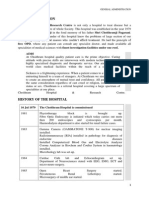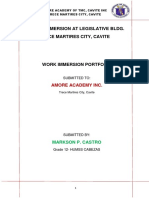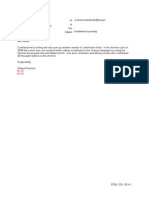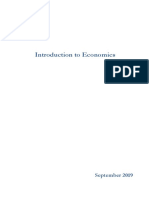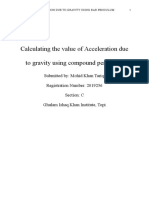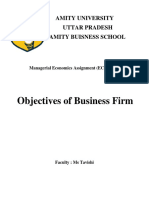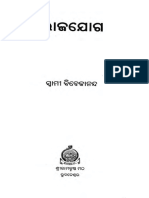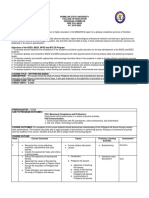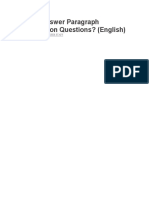100% found this document useful (1 vote)
319 views8 pagesSample Case Study Analysis
Starbucks has strong human resources practices that help it remain competitive. It treats employees like "partners" and offers benefits like free college education. Starbucks also invests heavily in recruiting and training, with practices like assessing candidate pools strategically and conducting large training sessions to refine employee skills. These human resources strategies support Starbucks' mission and help it adapt to changes in the market.
Uploaded by
Aditi VedaCopyright
© © All Rights Reserved
We take content rights seriously. If you suspect this is your content, claim it here.
Available Formats
Download as PDF, TXT or read online on Scribd
100% found this document useful (1 vote)
319 views8 pagesSample Case Study Analysis
Starbucks has strong human resources practices that help it remain competitive. It treats employees like "partners" and offers benefits like free college education. Starbucks also invests heavily in recruiting and training, with practices like assessing candidate pools strategically and conducting large training sessions to refine employee skills. These human resources strategies support Starbucks' mission and help it adapt to changes in the market.
Uploaded by
Aditi VedaCopyright
© © All Rights Reserved
We take content rights seriously. If you suspect this is your content, claim it here.
Available Formats
Download as PDF, TXT or read online on Scribd
/ 8











